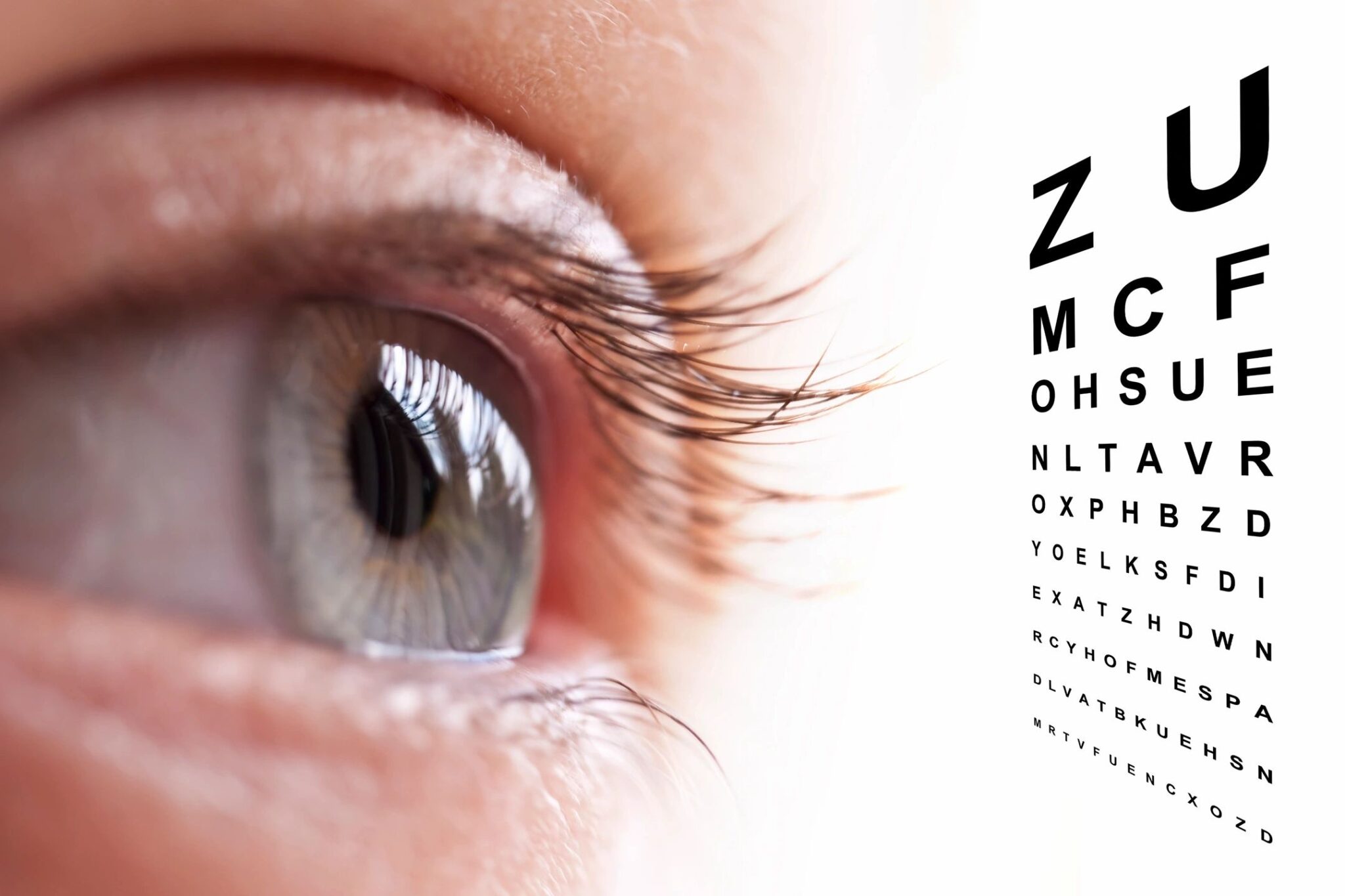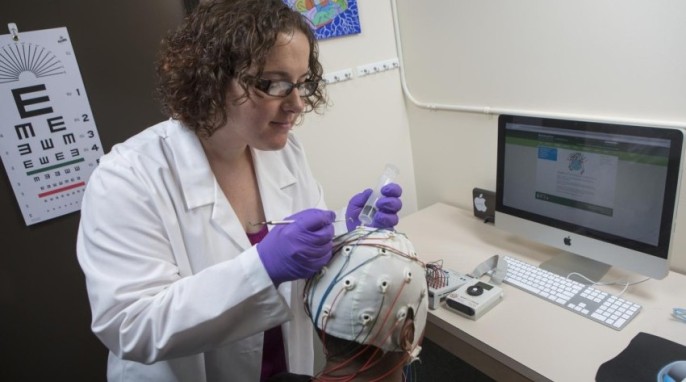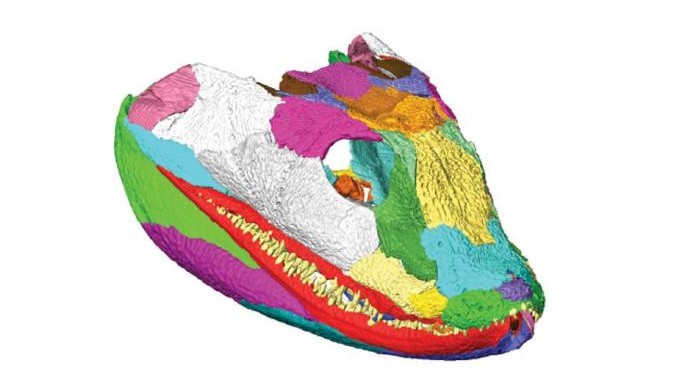The human eye does have a built-in blind spot. Research suggests that we can shrink it, and maybe even reverse blindness as a result.
By Kate Stone
The human eye is marvel of evolution, but it includes an unavoidable blind spot. That’s because the optic nerve that sends visual signals to the brain must pass through the retina, which creates a hole in the light-sensitive layer of tissue. When images project to that precise part of the eye, they cannot be seen.
Now researchers are sharing some good news: this blind spot in the human eye can be effectively “shrunk” with training, despite the fact that the hole in our visual field remains.
Reducing macular degeneration
The findings raise the possibility that similar methods might improve vision in people with age-related macular degeneration, which is the leading cause of blindness in Western countries.
“We did not confidently expect to see much reduction in functional blindness, as you can never develop photosensitivity within the blind spot itself,” says Paul Miller of the University of Queensland in Australia. “You can only enhance sensitivity at the blind spot periphery, but this proved sufficient to bring about a ten percent reduction in functional blindness.”
The researchers trained 10 people for 20 days on a direction-discrimination task. The participants looked at a drifting sinusoidal waveform around the physiological blind spot of one of their eyes.
At the end of the training, those individuals showed improvements in the ability to correctly judge both the direction and the color of the waveform. Training on one eye did not transfer to the blind spot in the untrained eye, suggesting that the improvement wasn’t simply a matter of practicing the task. Rather, the researchers say that the training enhanced the sensitivity of neurons with receptive fields that sit beside or partially overlap the physiological blind spot. As a result, they believe the eye can learn to detect and compensate for weak visual signals.
RELATED: Good Cholesterol, Bad for Our Eyes?
Shrinking blind spots and reversing blindness
If training can reduce blindness associated with the physiological blind spot, they it might be effective in other cases of blindness. Such training protocols might also be used to assist in the recovery of vision along with other developing technologies, such as the bionic eye or retinal stem cell therapy.
Miller says his team plans to further optimize their training procedure in people with healthy eyes, and then test its use in people with age-related macular degeneration.
This research is supported by the Australian Research Council and published in the Cell Press journal Current Biology.
RELATED: Blind Cavefish Evolved to Have More External Taste Buds
Reference
Miller, P.A., Wallis, G., Bex, P.J., & Arnold, D.H. (2015). Reducing the size of the human physiological blind spot through training. Current Biology, 25(17). http://dx.doi.org/10.1016/j.cub.2015.07.026




